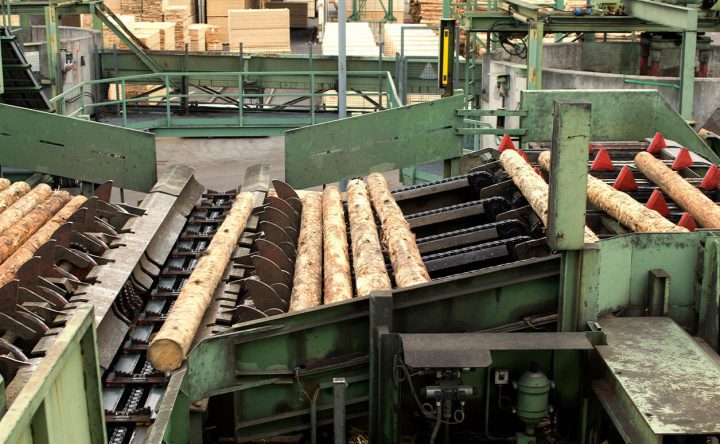In an effort to speed up much-needed homebuilding, Canada aims to bring back a tool that was last used in the post-war housing crisis.
News in
Canada’s Caribou Conservation Goals and Woodland Management
One of the world’s biggest softwood lumber producing countries is in the midst of a major conservation effort that could place some Canadian fiber off limits to harvesters. Canada is taking steps to preserve boreal caribou habitat through provincial conservation plans.
US Demographics and House Inventories Fuel Home Size Trend
When the pandemic enabled many city dwellers to work remotely in 2020, many people bought new homes in more affordable and sprawling neighborhoods. By 2021, the average size of a newly constructed single-family house in the US expanded, bucking the downtrend in place since dropping from the record-high in 2015.
Macroeconomy Quarterly Forecast
Learn more about this serviceAre you a subscriber? To access the latest issue, please log in.
Embrace the Inevitable: Wood-Based Construction Set to Move Offsite
IS YOUR ORGANIZATION READY FOR THE COMING BUILDING REVOLUTION?
The American building community of developers, architects, engineers, contractors and building construction firms are currently facing a multitude of challenges that require urgent attention. The scale and scope of these challenges will force change at a revolutionary rather than an evolutionary pace. Marginal improvements and refinements aren’t going to cut it any longer, since many of the current challenges facing the sector will almost certainly continue to get worse rather than improve. Moreover, although this article mainly focuses on the domestic front, these challenges are by no means confined to the United States. In fact, many of them are more pressing abroad, in both advanced and emerging economies.
Are you ready for the revolution?
Implications of the Impending High Budget Deficits
In my previous Spotlight, I reviewed the challenges facing the Federal Reserve (Fed) over the next few years. The primary goal for the Federal Reserve is to maintain a healthy financial system that allows for sustainable trend economic growth with moderate inflation (the goal is 2% or less for the price deflator for consumer expenditures less food and energy).
No, the So-Called Trump Lumber Tariffs Will Not Threaten the Us Housing Recovery
We have received a slew of media inquires in the past week from reporters who were pushing the following storylines:
1. Donald Trump’s tariffs on lumber have caused prices to surge from about $300 per thousand board feet (MBF) to more than $600 per MBF.
2. Surging building materials prices pose a potentially mortal threat to the US housing recovery.
Our short responses to these storylines are as follows 1) that ain’t necessarily so, and 2) that’s hogwash.
Spotlight on Housing Removals
The rate of housing removals is an often overlooked, but surprisingly important component of housing demand. It is often overlooked because quality data on home removals are scarce to nonexistent. It is important because removals account for about 20% of the demand for housing over the course of a housing cycle. Only net household formation accounts for a bigger share of underlying demand for housing.
What Will the Federal Reserve Do If………?
The purpose of this spotlight is to flag one of the potential spoilers for the housing recovery over the next few years: above trend economic growth that fuels an escalation in the inflation and interest rates. We seem to have arrived at an inflection point. A few years ago, the Federal Reserve (Fed) was concerned about slow growth and deflation. As a result, Fed policymakers cut interest rates to zero and started purchasing government long-term securities to drive long-term interest rates lower as well. The Fed’s concern is now correctly focused on how to avoid excessively high economic growth that might push the inflation rate above the desired target of 2% per year.
Global Timber & Sawmill Cost Benchmarking Results
Great Results in 2016; Even Better in 2017
The improving dynamics in almost all global markets positively impacted the timberland and lumber producers in the major importing and exporting countries in 2016 and again — even more significantly — in 2017. Expanding demand and high prices have been key themes for lumber producers and exporters, with some strong earnings being recorded (particularly by U.S. producers).







